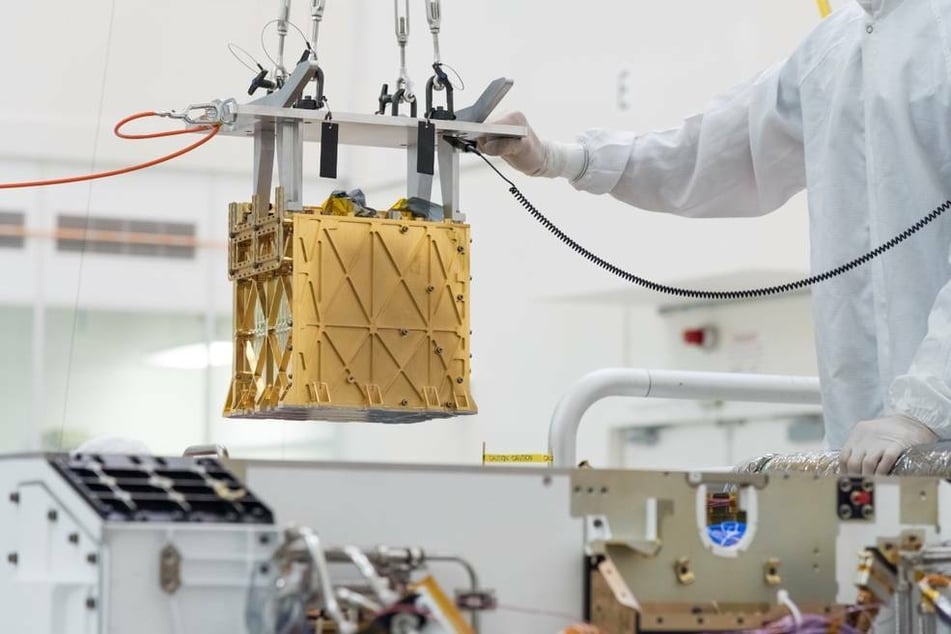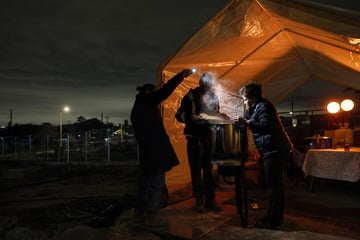Out of thin air: The NASA rover just produced breathable oxygen on Mars
Pasadena, California - NASA announced Thursday that the Perseverance rover has produced breathable oxygen on Mars. Maybe astronauts will be visiting sooner than anticipated!

In a major milestone for NASA scientists, the Perseverance rover successfully created breathable oxygen gas from available materials on Mars.
With the magic of MOXIE, a device that looks like a big, gold box, scientists were able to remotely guide the process along until they had produced five grams of the gas.
While that doesn't seem like much, it would enable a human to survive for about 10 minutes.
Michael Hecht of the Massachusetts Institute of Technology’s Haystack Observatory commented that "The astronauts who spend a year on the surface will maybe use one metric ton [of oxygen] between them."
As Mars' atmosphere is 96% carbon dioxide (CO₂), MOXIE works by taking away a single oxygen (O₂) atom from the CO₂ molecules. What is left over is carbon monoxide, which is then simply vented out into atmosphere.
The scientists hope that eventually MOXIE will be able to churn out up to 10 grams of O₂ per hour.
The process actually requires MOXIE to turn into a little oven of sorts, and heat up to approximately 1,470 degrees Fahrenheit.
As that's about three times hotter than a household oven, MOXIE has been built with special heat-resistant materials.
Humans can't breathe pure oxygen, so scientists will have to create a mix for astronauts. Earth's atmosphere is about 78% nitrogen, 21% oxygen, and a mix of other gases.
The plan is to be able to take materials on Mars, such as dust, rocks, and the atmosphere and extract the atoms needed for creating breathable air and water.
Cover photo: NASA/JPL-Caltech
